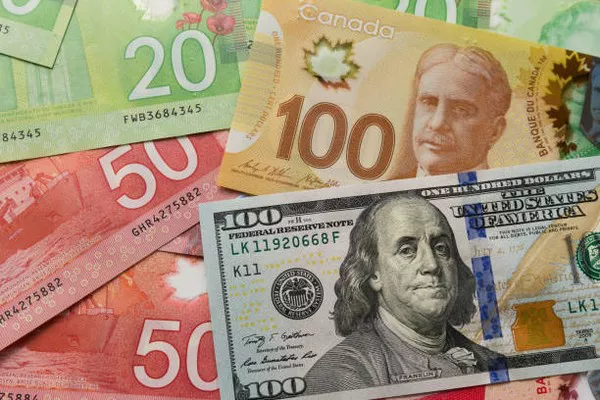The Canadian dollar has staged a modest rebound in mid-May 2025, buoyed by stronger-than-expected economic data and a resurgence in commodity prices. After a rocky start to the month, the loonie has clawed back some losses, supported by positive domestic indicators and renewed optimism in global markets.
One of the primary drivers behind the Canadian dollar’s recent strength has been the robust performance of Canada’s labor market. The April jobs report, released earlier this month, showed a gain of 35,000 jobs, far exceeding economists’ expectations of 15,000. The unemployment rate held steady at 5.2%, near historic lows, underscoring the resilience of the Canadian economy. Wage growth also remained strong, rising by 4.5% year-over-year, which has helped sustain consumer spending despite higher borrowing costs. This data has reinforced the Bank of Canada’s cautious approach to interest rate cuts, providing a tailwind for the currency.
Commodity prices, particularly oil and metals, have also contributed to the loonie’s recovery. After a slump in early May, oil prices have rebounded following geopolitical tensions in the Middle East and supply disruptions in key producing regions. WTI crude has climbed back above $75 per barrel, providing much-needed support for Canada’s energy sector. Additionally, copper and gold prices have surged amid renewed demand for safe-haven assets and industrial metals. Canada, as a major exporter of these commodities, has benefited from the rally, with the Canadian dollar gaining ground against several major currencies.
Another factor bolstering the loonie is the improving outlook for global trade. Recent data from China, Canada’s second-largest trading partner, suggests that economic activity may be stabilizing after months of sluggish growth. Chinese industrial production and retail sales figures for April came in above forecasts, easing concerns about a prolonged slowdown. This has boosted demand for Canadian exports, particularly lumber, potash, and agricultural products. Furthermore, the U.S. economy, Canada’s largest trading partner, continues to show resilience, with strong retail sales and manufacturing data supporting the case for sustained demand for Canadian goods.
The Bank of Canada’s monetary policy stance remains a critical factor for the currency. While the central bank has kept rates steady, policymakers have hinted that a rate cut could be on the table later this year if inflation continues to trend downward. However, with core inflation still above target and the labor market tight, the BoC is unlikely to move before the Federal Reserve. This has helped maintain the Canadian dollar’s relative strength, as investors anticipate that any divergence in monetary policy between Canada and the U.S. will be limited.
Despite these positive developments, risks remain on the horizon. The U.S. dollar’s strength, driven by the Fed’s higher-for-longer interest rate stance, continues to pose a challenge for the loonie. Additionally, domestic housing market vulnerabilities and elevated household debt levels could weigh on economic growth in the coming months. Political uncertainty, both domestically and internationally, also adds to the potential volatility.
Looking ahead, market participants will be closely monitoring upcoming inflation data and central bank communications for further direction. If commodity prices remain firm and economic data continues to surprise to the upside, the Canadian dollar could extend its gains. However, any signs of weakening demand or renewed global economic stress could quickly reverse the currency’s recent momentum. For now, the loonie appears to be finding its footing in an increasingly uncertain environment.
You Might Be Interested In:
- History of the US Dollar to Canadian Dollar Exchange Rate
- What Happens When the Canadian Dollar Is Strong?
- Withdrawn Canadian Banknotes: A Look at Canada’s Changing Currency


